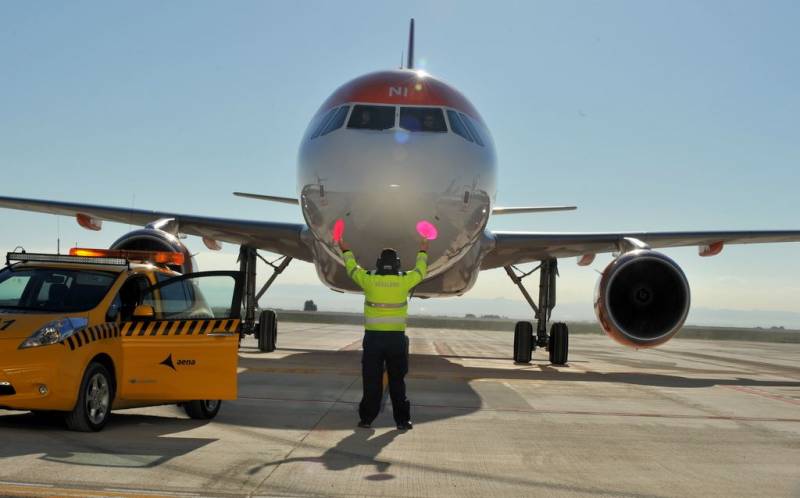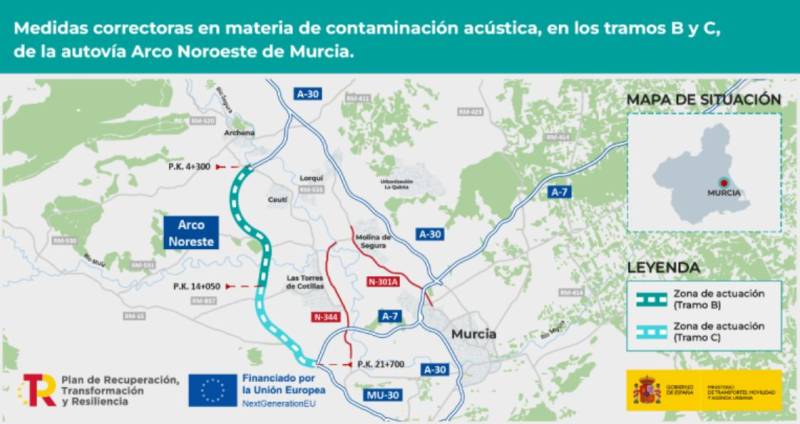Date Published: 04/09/2024
How Britain is driving growth at Corvera Airport
ARCHIVED ARTICLE -
Amid the airport’s ongoing struggle for success, the July occupancy rates soared above 90%
The
Region of Murcia International Airport, opened in January 2019, has faced challenges in establishing itself as the tourism engine originally promised. Despite its potential, the airport has struggled to match the performance of its predecessor, San Javier, and the nearby
Alicante-Elche airport.
The latest statistics from Aena for July 2024 reveal both the ongoing difficulties and some promising developments for the airport, particularly regarding routes connecting Murcia with the United Kingdom and Ireland.
The standout performers at Corvera Airport in July were the flight routes connecting to Britain, where the occupancy rates consistently exceeded 90%. These high occupancy rates underscore the strong demand for direct flights between Murcia and the UK/Ireland, a critical market for Murcia’s tourism sector.
The Dublin route, operated by Ryanair, was particularly successful, with an impressive 97.49% average occupancy rate. A total of 7,757 passengers flew between Murcia and the Irish capital on 42 flights throughout the month. Glasgow Prestwick, another Ryanair route, also performed exceptionally well, with a 96.07% occupancy rate, reflecting the popularity of this Scottish connection.
Meanwhile, the Manchester route, served by both Ryanair and EasyJet, saw similarly strong results – Ryanair’s flights achieved a 95.57% occupancy rate, while EasyJet’s slightly lower, yet still robust, occupancy rate was 93.16%. Together, these routes transported 14,542 passengers between Murcia and Manchester in July.
However, London remains the most significant source of air traffic for Murcia’s airport. The four routes connecting Corvera with three London airports (Stansted, Luton and Gatwick) accounted for 42,248 passengers in July, representing 36% of the airport’s total traffic for the month.
But while the British routes shone, other international connections from Corvera experienced more mixed results. The recently opened route to Marrakesh (Morocco), operated by Ryanair, achieved an 85.7% occupancy rate with 3,039 passengers on 18 flights. Although lower than the British routes, this still represents a relatively healthy level of interest. The Oujda route, also in Morocco, performed slightly better with an 88% occupancy rate.
However, the Belgian routes, including Antwerp and Bruges, saw lower occupancy rates, highlighting a disparity in demand between different international markets.
As for domestic flights, the routes within Spain also showed varied performance. Volotea’s connections to Asturias, Bilbao and Barcelona stood out, with occupancy rates of 93.52%, 92.56% and 92.49% respectively. The Barcelona route, in particular, reached peak occupancy of up to 99% on some flights, underscoring its popularity.
In contrast, the much-anticipated Madrid route fell short of expectations. Despite the regional government’s efforts to boost this connection, the route saw a disappointing average occupancy rate of just 54.49% in July, with only 1,500 passengers over 18 flights. Similarly, the route to Menorca struggled, with only 51.67% of seats booked.
Looking at the road ahead for Murcia’s Corvera Airport, the data suggest that with the right connections – particularly to established and popular destinations – the airport can thrive. However, the struggle to match the passenger numbers seen at San Javier or Alicante highlights the need for continued efforts to attract and maintain high-demand routes.
The upcoming data for August, due to be released on 12 September, will be eagerly awaited to see if these trends continue and whether the airport can build on its successes.
article_detail

|
Read more articles about Corvera Airport, Murcia






















